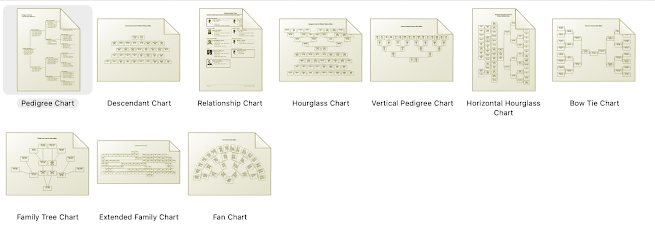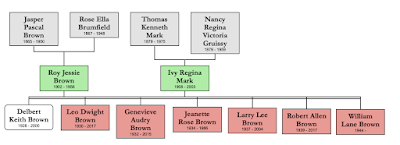When possible, I try to find the final resting place of my ancestors. If there is a chance that a stone still stands in their memory, I want to see it. The stone could hold a final message. It could be a message the deceased had planned to leave behind. Or it could be a message from a loved one to tell us about our ancestor. Will it unveil their complete name and dates? Will there be an epitaph that reveals something of their life? And what about that rose, book or sword carved into the stone. What does it mean? This book will help translate those final messages.
Understanding Cemetery Symbols
A Field Guide for Historic Graveyards
By Tui Snider
Published by Castle Azle Press
2017
Chapters:
Why Symbols Matter
How to Use This Book
The American Burial Landscape
Cemetery Safety & Etiquette
Types of American Cemeteries
Names, Dates & Epitaphs
Sticks & Stones
Coins, Pebbles & Seashells
American Headstone Styles
Monuments & Other Structures
Cemetery Architecture
Hands, Hearts & Body Parts
Saints, Angels & Other Beings
Plants, Flowers & Trees
So Many Crosses!
Clubs, Secret Societies & Organizations
Common Latin Phrases
Misc. Cemetery Symbols from A to Z
First of all, although I walked through many, many cemeteries, I must admit I thought a cemetery and a graveyard were interchangeable terms. Ms. Snider explained that a graveyard is directly beside a church or on land owned by a church. She writes there are 8 basic types of American Cemeteries: Church, Public, Private, Military, Family, Customary, Lodge and Mass Graves. From a description of cemetery types the author focuses on the stones in those cemeteries.
I also did not know that a coffin is narrow at the head and foot but wider at the shoulders and a casket is rectangular. That was just one more thing I learned in reading this book.
The author gives us an overview of the most common materials used for monuments, the styles of headstones and gives many interesting facts about symbols on the stones.
Examples:
- Basket of Flowers. An upright basket means Hope. A spilled basket means Grief.
- Cyclamen. Stands for deep and enduring true love.
- Ear of Corn. Could mean Farmer or a Long & Fruitful Life.
- Holly. Symbolizes Everlasting Life. Folklore says Holly protected the stone from Lightning.
- Shamrock. May indicate a person of Irish heritage. It could also be a reference to the Holy Trinity.
- Violet. Symbolizes a person who was quiet, shy & humble.
Now I have to stop myself from revealing too much about this book. Get yourself a copy and see if you can read about just one symbol. I am guessing it will lead to more. Enjoy.
Do you have a favorite book about Cemeteries?
Share it in the comments.
MY LIBRARY
At the top of this blog, click on My Library for many more books that I have found useful for genealogical & historical research.
Related Posts:











